Summary
This book is considered the most important and comprehensive on the subject of the material aspects of manuscripts in the Arabic script. Hence its importance in the field of codicology. It is also a resource and tool for researchers in the sciences of manuscripts, cataloguing and manuscript editing.
The chapters discuss the makeup of manuscripts, such as the material they are made of: papyrus, parchment, paper, manuscript notebooks, the materials used for writing (pens, inks, colours and paint), the dimensions of the notebooks, their organisation, page layout, presentation, embellishments and their tidying in addition to their binding. The study also looked at the dating of copies and the history of the collections of manuscripts.
The book gives a list of terms and academic jargon in addition to the meanings of the terms used in the field of manuscripts (French –English – Arabic).



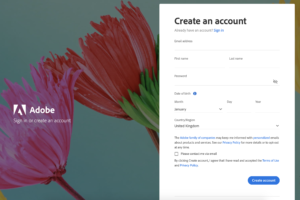
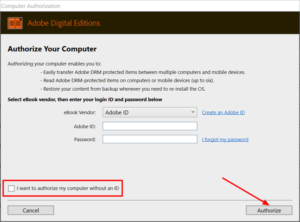
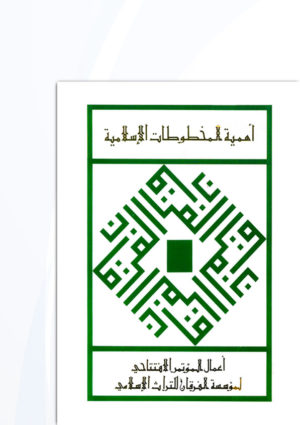
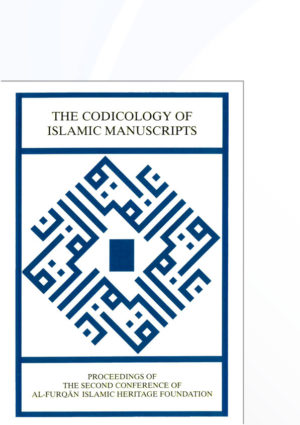
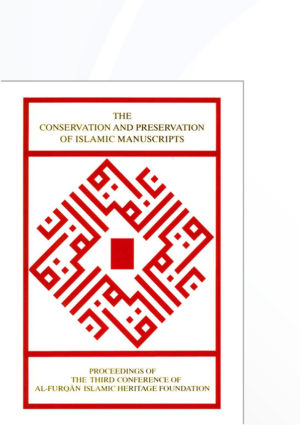
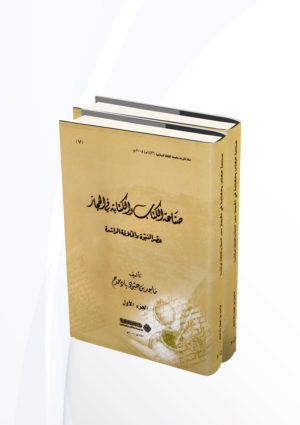
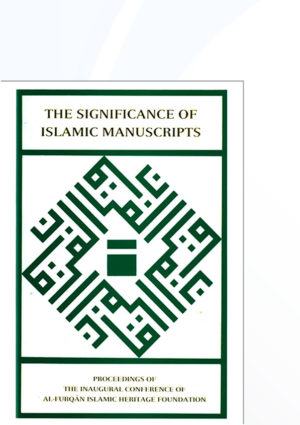

Reviews
There are no reviews yet.